Mariano Ceccato
Security layers and related services within the Horizon Europe NEUROPULS project
Dec 14, 2023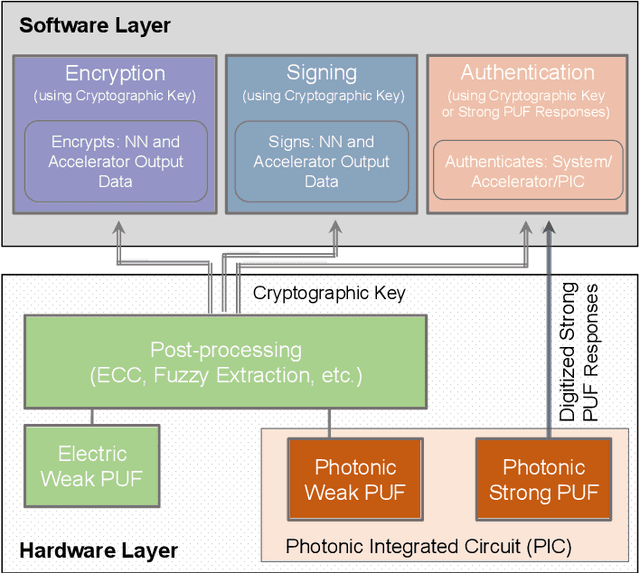
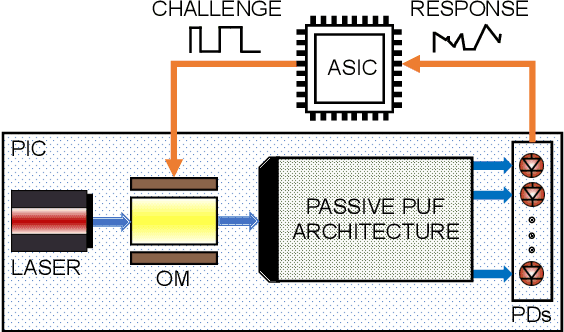
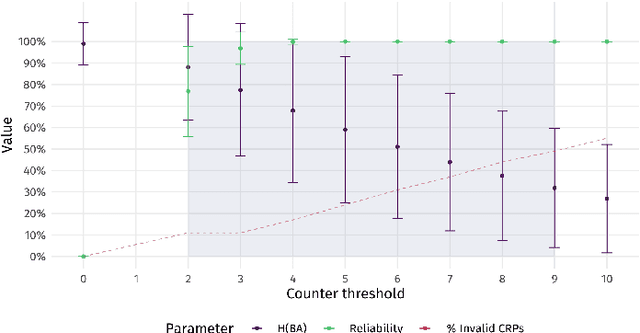
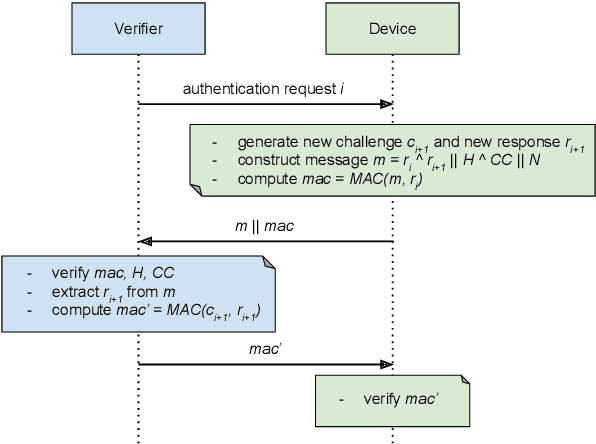
Abstract:In the contemporary security landscape, the incorporation of photonics has emerged as a transformative force, unlocking a spectrum of possibilities to enhance the resilience and effectiveness of security primitives. This integration represents more than a mere technological augmentation; it signifies a paradigm shift towards innovative approaches capable of delivering security primitives with key properties for low-power systems. This not only augments the robustness of security frameworks, but also paves the way for novel strategies that adapt to the evolving challenges of the digital age. This paper discusses the security layers and related services that will be developed, modeled, and evaluated within the Horizon Europe NEUROPULS project. These layers will exploit novel implementations for security primitives based on physical unclonable functions (PUFs) using integrated photonics technology. Their objective is to provide a series of services to support the secure operation of a neuromorphic photonic accelerator for edge computing applications.
NEUROPULS: NEUROmorphic energy-efficient secure accelerators based on Phase change materials aUgmented siLicon photonicS
May 04, 2023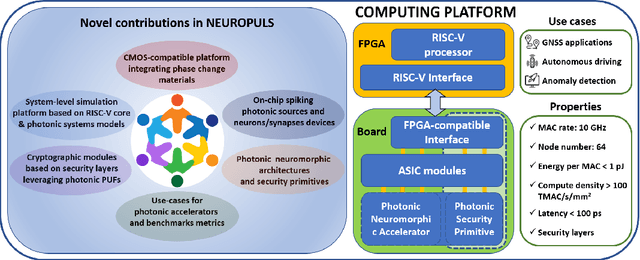
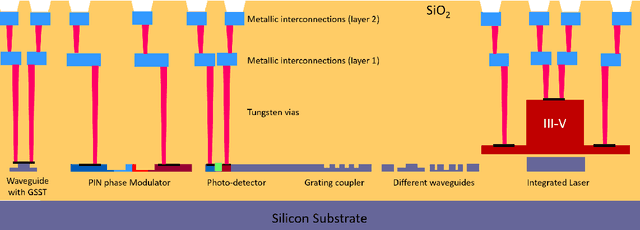
Abstract:This special session paper introduces the Horizon Europe NEUROPULS project, which targets the development of secure and energy-efficient RISC-V interfaced neuromorphic accelerators using augmented silicon photonics technology. Our approach aims to develop an augmented silicon photonics platform, an FPGA-powered RISC-V-connected computing platform, and a complete simulation platform to demonstrate the neuromorphic accelerator capabilities. In particular, their main advantages and limitations will be addressed concerning the underpinning technology for each platform. Then, we will discuss three targeted use cases for edge-computing applications: Global National Satellite System (GNSS) anti-jamming, autonomous driving, and anomaly detection in edge devices. Finally, we will address the reliability and security aspects of the stand-alone accelerator implementation and the project use cases.
 Add to Chrome
Add to Chrome Add to Firefox
Add to Firefox Add to Edge
Add to Edge